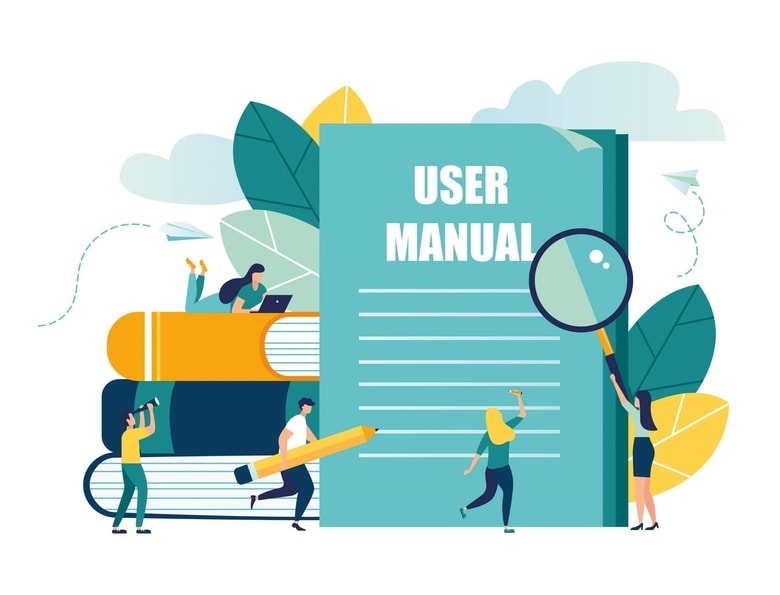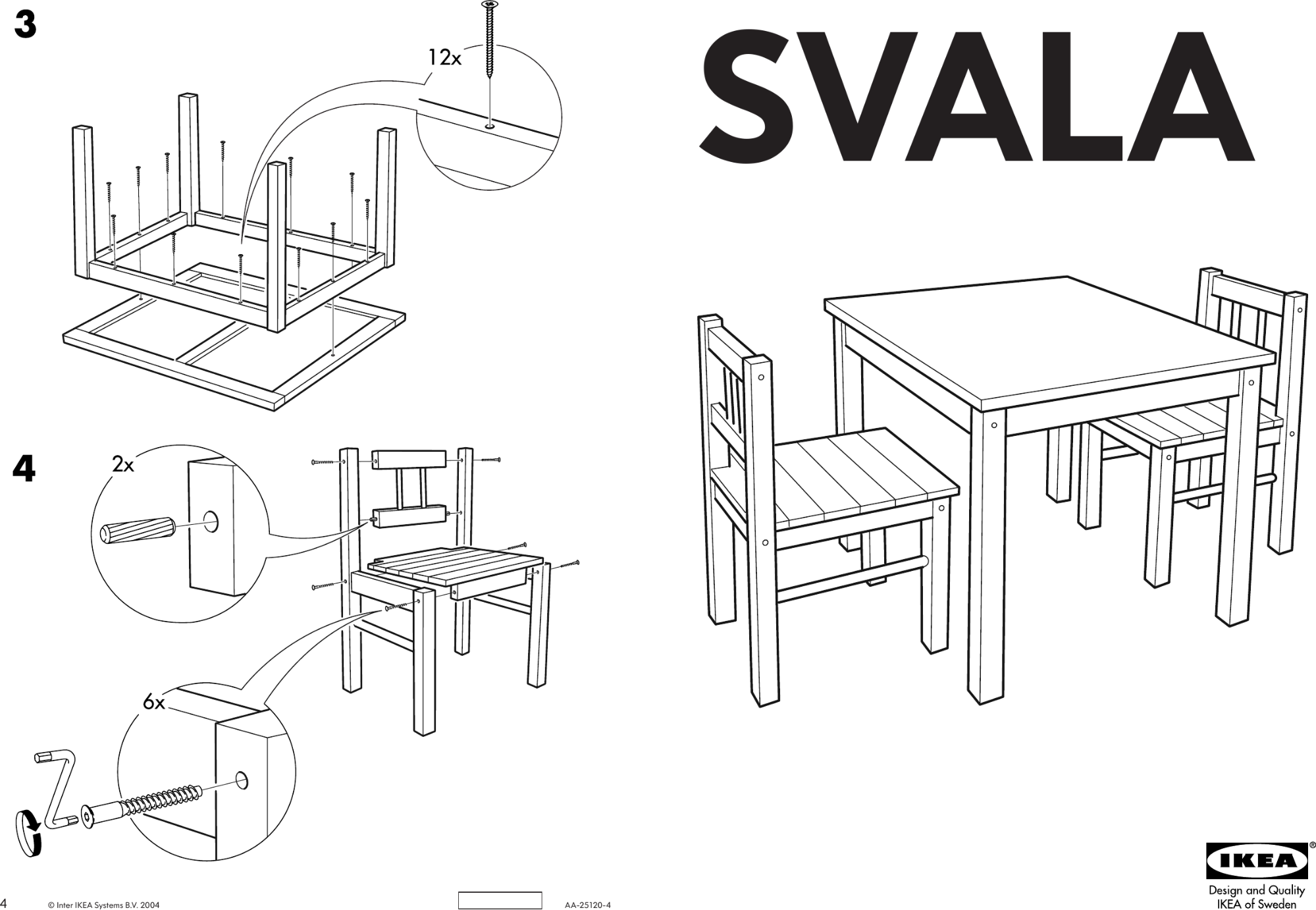 If you’re selling a product that’s more complicated than a rolling pin, the importance of user documentation can’t be understated.
If you’re selling a product that’s more complicated than a rolling pin, the importance of user documentation can’t be understated.
Why? Well because nowadays over 70% of customers prefer to use self-service customer support options.
That means that great user documentation can be the difference between an awesome customer experience and a miserable one.
But creating helpful end-user guides isn’t a walk in the park.
In fact, it can be extremely challenging. Between deciding what content is required and writing it as clear as possible - It’s hardly surprising that so many companies get it wrong.
That’s why this post aims to share 8 actionable tips that’ll help you create user documentation that your customers will love.
So, whether you’re launching a new product or looking to upgrade what you’ve already got, let’s get to it!
What is User Documentation?
User documentation (aka user manuals, instruction manuals, etc.) is the content you supply for end-users to help them get the most out of your product or service.
Here’s an example of end-user documentation you’ve probably seen (and perhaps spent an afternoon reckoning with) before:

(Source)
User documentation guides your customers, helping them to use your product properly while also assisting them with any difficulties that arise.
User manuals can be delivered in a variety of formats. In the case of IKEA furniture, it’s an illustrated guide, but instructional documentation can be provided through other mediums such as video guides, digital text, images, or a combination of many forms of media.
No matter if your product is a lawnmower or a piece of accounting software, there’s always a learning curve for new users. Your user documentation helps users through the initial learning phase and teaches them to be more successful with your product.
What’s the Difference Between User Documentation and Technical Documentation?
Before we go any further, let’s clear up any confusion that may be floating around the differences between user docs and technical docs.
At a basic level technical documentation is written for people who manage and maintain equipment or software, while user documentation is written for the people who use it.
User documents are written with the assumption that the reader possesses no technical or terminology knowledge. They are focused on achieving the best end result.
To illustrate, think of a washing machine. The technical documents might describe how the mechanical parts work together, how to replace broken pieces, and various specifications about the appliance’s electrical circuitry.
The user documents, on the other hand, would provide information about the best settings for eco washes, how much washing powder is needed, and how to stop your white shirts from turning pink.
So when writing either user documentation or technical documentation, always keep your reader in mind - It’s often easy to muddle the lines between the two.
Why is Good User Documentation Important?
Solid user documentation offers you and your business buckets of benefits - here are three of the best ones:
It’s Helpful to Your Users
Imagine you buy a new smartphone. You get home, whip it out of the box, press the power button and... nothing happens.
As you watch your slowly fading smile reflect back at you from the dark screen - What’s the first thing you do? Yep, you’d pull out that quick-start guide and discover that you needed to insert the battery to get your device up and working.
See, documentation is frequently the first place users look when they have a question about your product. And since everyone loves solving problems, if users can easily search a product guide and quickly find an answer to their question, they’re going to be much more satisfied.
It’s Less Work for Your Support Team
Good user documentation isn’t only helpful to your customers but it can also take a significant burden off your support team.
For starters, research shows that most consumers now prefer to use a company’s website to get answers to their questions rather than call or email for support. So by facilitating users to find their own solutions, there’ll be a lot fewer support tickets clogging up your team’s inboxes.
What’s more, user documentation can be remarkably helpful for customer support because it makes explaining difficult actions or solutions a whole lot easier. When used as a reference guide, user documentation empowers your team to quickly answer questions and point users towards the right resources rather than spending hours on the phone.
In fact, it wouldn’t be an unreasonable stretch to say that producing quality user documentation should be an essential part of delivering exceptional customer support.
It Enhances Your Customer Experience
Great user documentation shows your customers that you really care about them getting the most out of your product. And customers who feel that you care about them beyond just profits are likely to become advocates for your brand.
So, if you like the idea of users shouting to the high heavens about how much they love your products, then supplying remarkable user documentation is an essential part of the customer experience.
Not only that but after putting so much effort into your product or service, it’s a shame to let users not get the best from it or run into issues they can’t solve. By enhancing their post-purchase experience you’ll help them to reap the full benefits of your offering.
Tips For Writing Better User Documentation
Okay, so you’re ready to start writing better user documentation. Let’s jump in and find out how:
1. Start With A Plan
Most things in life work out better when you start with a plan and creating user documentation is no different. That’s why it’s important to begin by asking a number of key questions:
- What is the goal of my user documentation?
- What do my users need to know to get the best out of my product or service?
- What are the most common problems my users face and the best ways to solve them?
- What’s the best way to structure my content for ease of understanding?
- Where is the best place to make my user documentation available?
To help you come up with answers, here are three easy things you can do:
Take a walk in your customer’s shoes
Make an effort to test your product in every possible scenario before jumping into creating user documentation. While testing, imagine that you’ve become your end-user. Note down any features or functions that you find tricky or complicated. You can bet your bottom dollar that if it’s tricky for you, then it’ll be tricky for your users too.
Consult with your customer service team
Almost nobody will know your users better than your customer service team. They’re a goldmine of information that you can use to inform the content of your user documents. Listen to them and you’ll quickly discover common themes and problems that users are facing. The goal of your documentation should be to solve these problems.
Check out your competitor’s user documentation
If you’re drawing a blank about where to start, there’s nothing wrong with having a look at your competitor’s user documentation. If they’ve got a very similar product or service, chances are many of the questions that their users have will be the same ones your customers have. Just make sure you improve upon your competitor’s documentation to deliver the best experience for your customers.
2. Write in Plain Language
When it comes to user documentation, fancy words and elaborate sentences don’t impress anybody. Nothing will enrage your users more than having to continuously re-read your documentation to understand what you’re trying to say.
Remember: the goal with user documentation is to clearly communicate the solutions your users are seeking - not win a literary prize. So, always strive to write for the user, not the technician.
However, writing in layman's terms can actually be a little harder than you think - since you know your product inside-out, it’s easy to overestimate the average user’s base level of knowledge.
So, avoid using overly technical or industry jargon that’ll go right over a user's head and always assume that the person reading your documentation is a total beginner.
You can use a tool like the Hemmingway App to assess your writing and help you make comprehension easier. It’s almost like having a virtual editor.

3. Use Visuals to Speed Up Understanding
As humans, we’re a visually-oriented bunch. In fact, up to 90% of information transmitted to our brain is visual.
If you’re like most people, wading through large blocks of digital text without any visual relief makes you miserable. Given that our brains process images 60,000 times faster than words, we just don’t have the patience for long drawn-out sections of text.
Visual content is way easier to understand, faster to absorb, and plays a huge role in helping users understand how to perform certain tasks. It’s also more fun to develop.
The best user documentation makes liberal use of visual content such as images, graphics, and videos to quickly show users how to solve their problems. Use a free design tool like Canva or Venngage to make simple graphics and illustrations to enhance learning and break up text for maximum engagement.
4. Break Complex Tasks Into Simple Steps
When you combine using visuals with breaking down tasks into simple step-by-step instructions, you create a powerful medium to solve problems for your users.
Step-by-step guides help break up daunting blocks of text and provide a crystal clear method of accomplishing a certain task. They’re incredibly easy to understand and provide a better user experience than trying to read text instructions on their own.
Screengrabs can be particularly helpful for showing users how to go through a series of precise steps. LICEcap is a free application that lets you record your on-screen actions and save them as GIFs for clearly showing users how to undertake a given task.

Take your time when recording gifs - while an action might only take you 2-3s, it’s easier for people to follow if you go through the process slowly.
5. Follow a Hierarchy That Makes Sense
Great user documentation needs a logical hierarchy of topics and sub-topics that let users quickly discover what each section will teach them. What’s more, when the flow between these topics mirror the users learning process, you’re onto a winner.
For example, you don’t want new users to land on a page discussing the advanced features of your product if they haven’t yet mastered the basics. So, begin with the easy stuff, and then as your users become more competent you can guide them toward the cutting-edge functions.

Wealthbar has done an excellent job of categorizing their self-service help center with unique icons that help users quickly and easily find the page they're looking for.
6. Make It Searchable
When you have a problem these days, where do you look for an answer? Most of us turn to Google. There’s just something so frictionless about a search.
But alas, Google can’t answer everything. Especially when it comes to the finer details of your product. So why not take a hint from Google and make your user documentation searchable too?
Search-enabled user documentation gives users rapid access to the content they need and helps them to seek out solutions on their own without contacting your support reps.
7. Include a Table of Contents
There’s nothing worse than being lost in a document and being unable to find out where you need to go. The solution is a table of contents.
A table of contents appears right at the start of your document - which not only gives your user an overview of everything that’s coming, but also helps them easily navigate to the section they’re interested in.

Life’s too short to spend flicking back and forth through a document - make sure you don’t waste any of your user’s precious time and let them see all the major headings and sub-headings right from the off.
8. Test, Analyse & Reiterate
It’s rare to hit a home run with your first user documentation. But thankfully, there are lots of ways you can analyze their performance and tweak them until they’re just right.
One method is to create an online survey and send it to beta-testers. Their feedback will be extremely valuable for discovering any oversights you made while writing your documents.
You can also dive deeper with in-depth analytics. These stats will help you learn how users are interacting with your documents by providing information such as:
- What your users are searching for most often
- How many support tickets you’re preventing
- Which pages users are spending the most time on
Wrapping Up
Writing excellent user documentation makes your user's life easier. It helps them have the best product experience while also reducing the amount of work your support team's workload.
The best user documentation is clear, to the point, visually appealing, and most importantly, an answer to your user’s problems.
Sure, creating great user docs isn’t the easiest thing in the world. But with a little effort and the right resources, you can produce user documentation that knocks the socks off your audience.
Why not explore Helpjuice to see how you can upgrade your user documentation efforts and spend less time worrying about following up and more time getting things done? Get a free 14-day trial today!


![Knowledge Software Documentation Best Practices [With Examples]](https://static.helpjuice.com/helpjuice_production/uploads/upload/image/4752/3090840/1682475402989-Software%2BDocumentation.jpg)